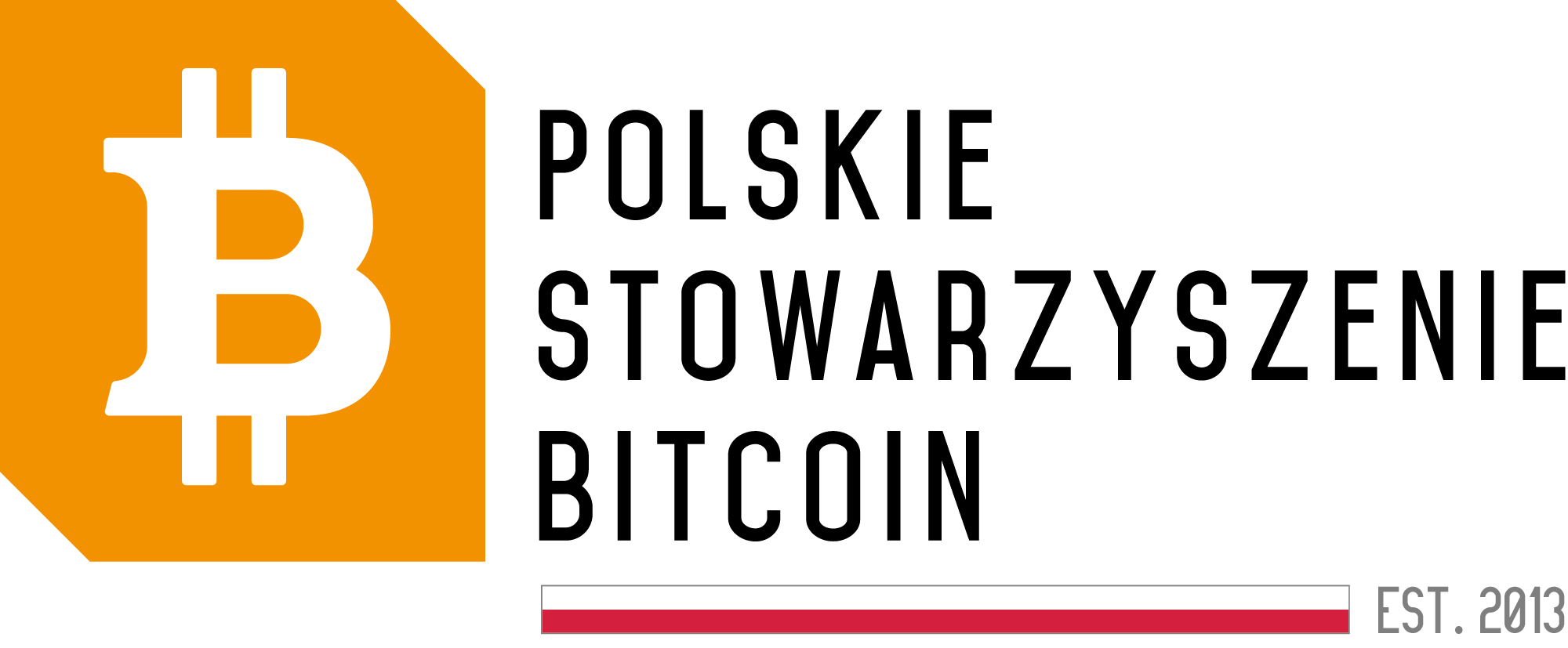reverse indicator
Reverse indicator, also known as contrarian indicator, is a concept related to technical analysis of financial markets, including the crypto assets market. It is a tool that helps investors understand investor sentiment and predict future price movements of assets.
How does the reverse indicator work?
The reverse indicator is based on the assumption that investors typically make the same psychological mistakes in similar market situations. Analyzing how often they make these mistakes can help investors identify potential turning points in the market. The reverse indicator focuses on the behavior of the investor crowd, assuming that when all investors seem to be moving in one direction, it may indicate that the market is close to a reversal.
How to interpret reverse indicator signals?
The main principle of interpreting the reverse indicator is contrarianism. This means that when the majority of investors lean in one direction (e.g., buying assets), the reverse indicator suggests that this could be a signal to prepare for a price reversal. By acting contrary to the crowd, investors seek to anticipate price changes and avoid common investment mistakes.
Advantages and disadvantages of the reverse indicator
Advantages:
– It can help investors identify potential turning points in the market.
– Provides the opportunity to avoid herd investment mistakes.
– Can be useful in market conditions where the investor crowd acts emotionally.
Disadvantages:
– Interpretation of reverse indicator signals can be subjective.
– In strong market trend conditions, the reverse indicator may lead to premature incorrect signals.
Summary
The reverse indicator is a technical analysis tool designed to help investors identify potential turning points in the market through analyzing the behavior of the investor crowd. Despite some drawbacks, it can be a valuable addition to an investment strategy. However, it is important to use the reverse indicator with caution and not rely solely on it when making investment decisions.






